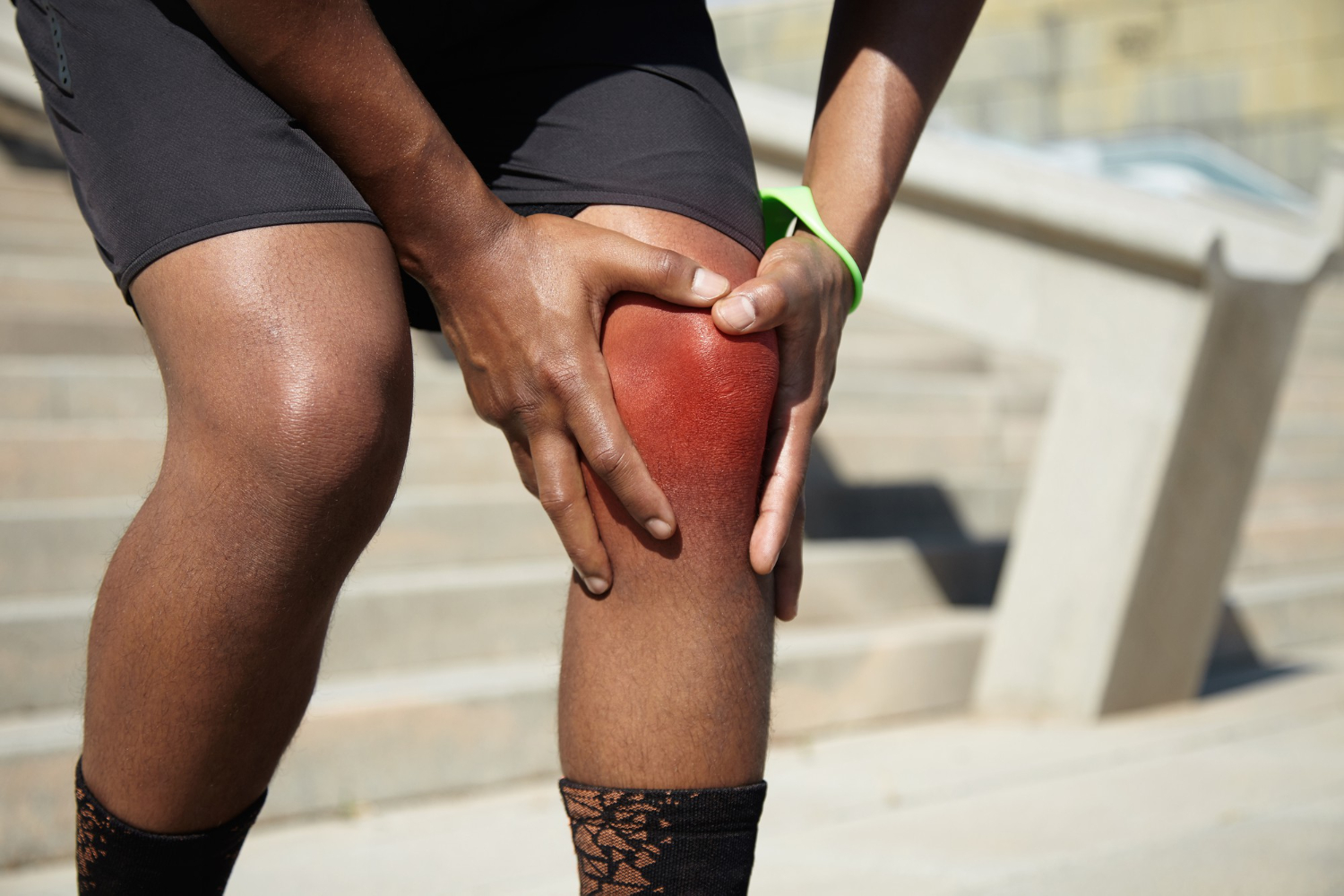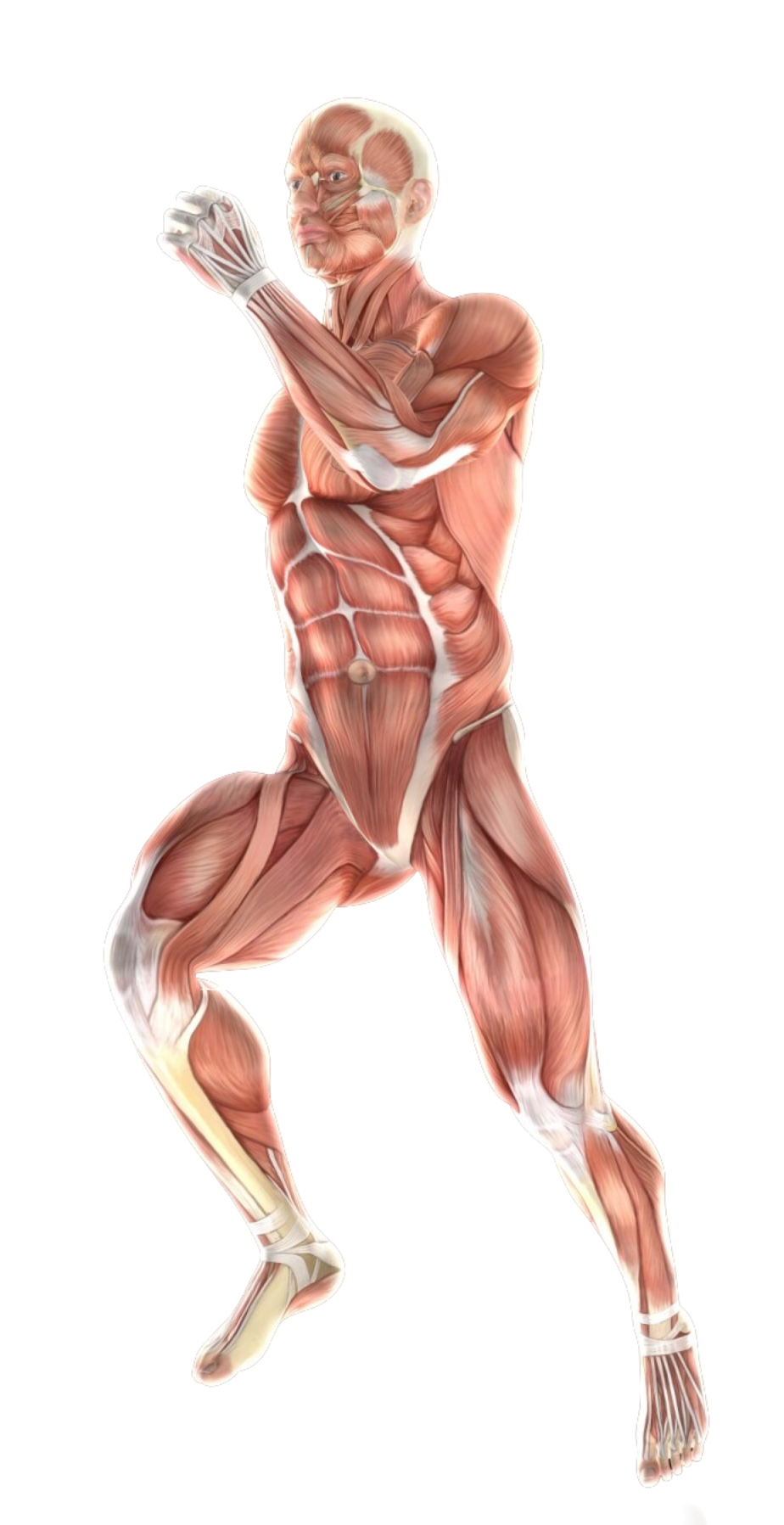- #11-13 Mount Elizabeth Medical Centre (Orchard)
- Mon Fri 9am — 6pm | Sat 9am — 12.30 pm
Shin Splint, also known as medial tibial stress syndrome, are a common overuse injury that affects the lower leg. They cause pain and swelling along the inner edge of the shinbone (tibia), particularly during and after activities that involve running, jumping, or repetitive leg movements. Shin Splint involves microscopic tears in the muscles, tendons and connective tissues surrounding the tibia. These tears occur due to the repetitive stress placed on these tissues during activity, particularly when the muscles are subjected to excessive force or repetitive contractions. The body’s inflammatory response to these microtears causes pain, tenderness, and swelling in the affected area.
While anyone can develop Shin Splint, certain factors can increase your susceptibility:

The most prominent symptom of Shin Splint is pain along the inner edge of the shin, usually:
In some less common cases, people may also experience:
It is crucial to distinguish Shin Splint from other potential causes of leg pain, such as stress fractures, compartment syndrome, or muscle strains. Consulting a healthcare professional to obtain a proper diagnosis is essential to ensure proper treatment and prevent further complications.
Several factors can contribute to the development of Shin Splint:

While anyone can develop Shin Splint, certain factors can increase your susceptibility:
The good news is that shin splints can usually be treated with conservative measures:
Follow the recommended dosage instructions and consult a healthcare professional if you have any pre-existing health conditions or concerns.
Shin splint recovery time varies depending on the severity of the injury and adherence to the treatment plan. In general:
Remember that compliance with the treatment plan and a gradual return to activities under appropriate supervision are essential for optimal recovery and to prevent future complications. If your pain worsens or persists despite recommended treatment, consult a healthcare professional for further evaluation and advice.

Spine - Neck
Shoulder & Elbow
Spine — Back
Wrist & Hand
Knee Pain
Ankle Pain
Foot Pain
Book a consultation with us for a more comprehensive diagnosis and a personalised treatment plan best suited to your needs.

Spine - Neck
Shoulder & Elbow
Spine — Back
Wrist & Hand
Knee
Ankle
Foot